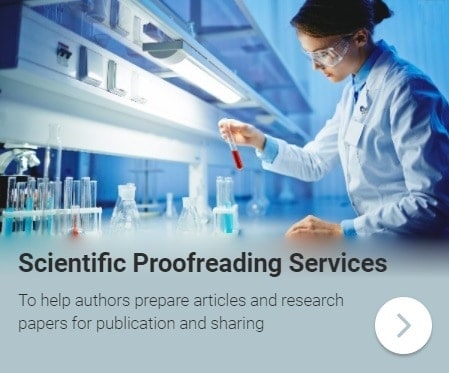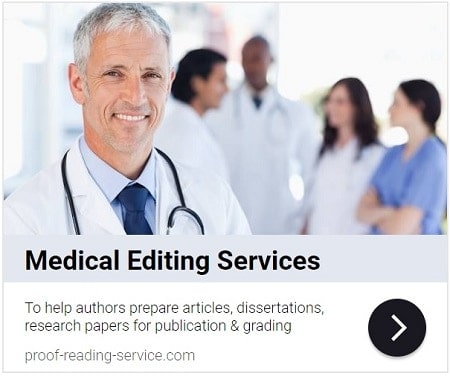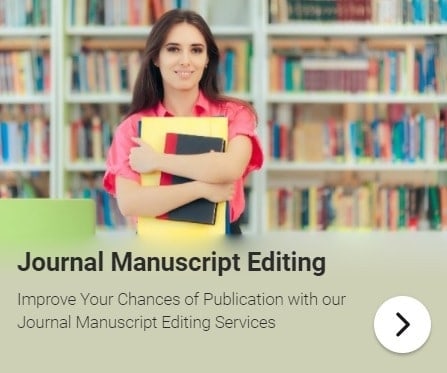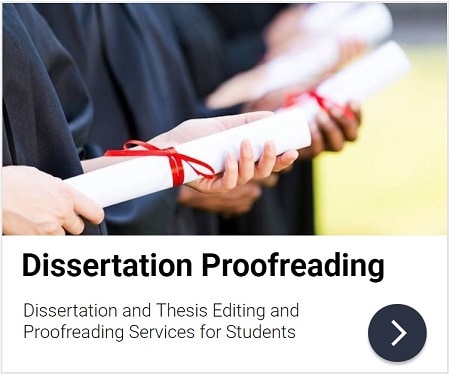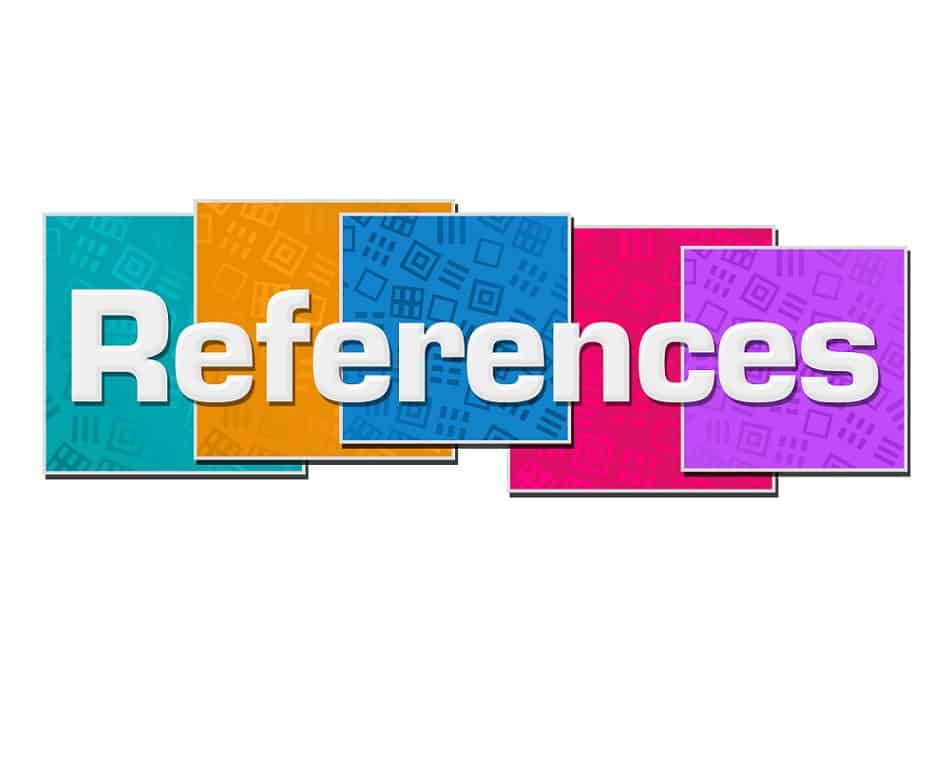Table of Contents – PhD Success
Chapter 1: The Essential Components and Requirements of a Doctoral Thesis
1.1. Preliminary Matter
1.1.1 Title
1.1.2 Abstract
1.1.3 Keywords
1.1.4 Dedication
1.1.5 Table of Contents
1.1.6 Acknowledgements
1.1.7 List of Abbreviations
1.1.8 List of Figures or Illustrations
1.1.9 List of Tables
Chapter 1: The Essential Components and Requirements of a Doctoral Thesis
1.2 The Main Body of the Thesis
1.2.1 Introduction
1.2.2 Literature Review
1.2.3 Methodology Chapter(s)
1.2.4 Results Chapter(s)
1.2.5 Discussion and Conclusion Chapter(s)
Chapter 1: The Essential Components and Requirements of a Doctoral Thesis
1.2 The Main Body of the Thesis
1.2.6 In-Text References, Footnotes and/or Endnotes
1.3 Tables and Figures
1.3.1 Tables
1.3.2 Figures
1.4 Final and Supplementary Matter
1.4.1 Appendices
1.4.2 Endnotes
1.4.3 List of References, List of Works Cited or Bibliography
Chapter 2: Progressive Writing from the Start
2.1 Writing to Record, Remember, Think and Reuse
2.1.1 Jotting Down and Developing Ideas
2.1.2 Taking Accurate, Critical and Reflective Notes while Reading Sources
Chapter 2: Progressive Writing from the Start
2.1 Writing to Record, Remember, Think and Reuse
2.1.3 Reviewing the Relevant Literature in a Preliminary Way
2.1.4 Recording the Results of Trials, Experiments, Surveys and Interviews
Chapter 2: Progressive Writing from the Start
2.2 Writing and Revising for Your Supervisor: The First Piece(s) of Formal Text
Chapter 3: Writing and Revising the Proposal Chapters
3.1 Writing the Introduction for the Proposal
Chapter 3: Writing and Revising the Proposal Chapters
3.2 Writing the Literature Review for the Proposal
Chapter 3: Writing and Revising the Proposal Chapters
3.3 Writing the Methodology Chapter(s) for the Proposal
Chapter 3: Writing and Revising the Proposal Chapters
3.4 Using Footnotes or Endnotes for Supplementary Material
Chapter 3: Writing and Revising the Proposal Chapters
3.5 Constructing the Title, Table of Contents, Timeline and List of References
3.5.1 The Title
3.5.2 The Table of Contents
3.5.3 The Timeline
3.5.4 The List of References
Chapter 3: Writing and Revising the Proposal Chapters
3.6 Revising the Proposal Draft
3.7 Writing the Proposal Presentation and Anticipating Questions
3.8 Taking Notes and Resolving Problems before Moving On
Chapter 4: Drafting and Completing the Thesis
4.1 Preparing an Outline or Thesis Plan: The Working Table of Contents
4.2 Title, Abstract and Keywords: Setting the Stage
Chapter 4: Drafting and Completing the Thesis
4.3 Revising the Introduction, Literature Review and Methodology Chapter(s)
Chapter 4: Drafting and Completing the Thesis
4.4 Writing the Data Analysis Chapter(s): Results and Evidence
Chapter 4: Drafting and Completing the Thesis
4.4 Writing the Data Analysis Chapter(s): Results and Evidence
4.4.1 Designing Tables and Figures: The Visual Presentation of Information
Chapter 4: Drafting and Completing the Thesis
4.5 The Final Chapter(s): Discussion, Conclusion, Limitations and Implications
Chapter 4: Drafting and Completing the Thesis
4.6 Appendices, References, Acknowledgements and Other Final Things
4.6.1 Appendices
4.6.2 Other Final Things
Chapter 4: Drafting and Completing the Thesis
4.7 Revising, Proofreading and Polishing the Thesis Draft: How Many Times?
Chapter 4: Drafting and Completing the Thesis
4.8 Writing and Revising before and after the Thesis Examination
4.8.1 Preparing for and Surviving the Examination
Chapter 4: Drafting and Completing the Thesis
4.8 Writing and Revising before and after the Thesis Examination
4.8.2 Final Corrections and Revisions: Minor or Major?
Chapter 5: Finding Your Scholarly Voice in Correct and Consistent Written English
5.1 British versus American Spelling
Chapter 5: Finding Your Scholarly Voice in Correct and Consistent Written English
5.2 The Perils of Hyphenation
Chapter 5: Finding Your Scholarly Voice in Correct and Consistent Written English
5.3 Specialised Terminology and Jargon
Chapter 5: Finding Your Scholarly Voice in Correct and Consistent Written English
5.4 Word Use, Syntax and Sentence Structure
5.4.1 Using Words in a Scholarly Fashion without Bias
5.4.2 The Precise and Appropriate Use of Pronouns
Chapter 5: Finding Your Scholarly Voice in Correct and Consistent Written English
5.4 Word Use, Syntax and Sentence Structure
5.4.3 Nouns and Agreement
5.4.4 Both, Either, Neither, Nor and Only
5.4.5 Beginning Sentences Correctly and Avoiding Dangling Participles
Chapter 5: Finding Your Scholarly Voice in Correct and Consistent Written English
5.4 Word Use, Syntax and Sentence Structure
5.4.6 Adjectives, Adverbs and Split Infinitives
5.4.7 Verbs: Tense, Voice and Contractions
5.4.8 Consistency and Variation in Word Use
Chapter 5: Finding Your Scholarly Voice in Correct and Consistent Written English
5.5 Paragraphs and Lists: Effective Separation and Transition
5.5.1 Structured and Fully Developed Paragraphs
Chapter 5: Finding Your Scholarly Voice in Correct and Consistent Written English
5.5 Paragraphs and Lists: Effective Separation and Transition
5.5.2 Using Lists Effectively
Chapter 5: Finding Your Scholarly Voice in Correct and Consistent Written English
5.6 Punctuating Correctly and Consistently: Errors and Preferences
5.6.1 Commas
Chapter 5: Finding Your Scholarly Voice in Correct and Consistent Written English
5.6 Punctuating Correctly and Consistently: Errors and Preferences
5.6.1 Semicolons and Colons
Chapter 5: Finding Your Scholarly Voice in Correct and Consistent Written English
5.6 Punctuating Correctly and Consistently: Errors and Preferences
5.6.2 Stops, Question Marks and Exclamation Marks
Chapter 5: Finding Your Scholarly Voice in Correct and Consistent Written English
5.6 Punctuating Correctly and Consistently: Errors and Preferences
5.6.3 Apostrophes and Quotation Marks
Chapter 5: Finding Your Scholarly Voice in Correct and Consistent Written English
5.6 Punctuating Correctly and Consistently: Errors and Preferences
5.6.4 En Rules and Em Rules
Chapter 5: Finding Your Scholarly Voice in Correct and Consistent Written English
5.6 Punctuating Correctly and Consistently: Errors and Preferences
5.6.5 Brackets and Slashes
Chapter 6: Formatting Matters: Presenting Your Writing Effectively and Consistently
6.1 Titles, Headings and Subheadings: Not Just Fancy Words
Chapter 6: Formatting Matters: Presenting Your Writing Effectively and Consistently
6.1 Titles, Headings and Subheadings: Not Just Fancy Words
6.1.1 Using Word’s Heading Styles and Constructing an Active Table of Contents
Chapter 6: Formatting Matters: Presenting Your Writing Effectively and Consistently
6.2 Capitalisation and Special Fonts: Order or Chaos?
6.2.1 Capitalisation for Names, Titles and Other Elements
Chapter 6: Formatting Matters: Presenting Your Writing Effectively and Consistently
6.2 Capitalisation and Special Fonts: Order or Chaos?
6.2.2 Special Fonts for Emphasis: Italic and Bold
Chapter 6: Formatting Matters: Presenting Your Writing Effectively and Consistently
6.3 Understanding Abbreviations
6.3.1 Lowercase or Uppercase Letters in Abbreviations
6.3.2 Full Stops with Abbreviations
Chapter 6: Formatting Matters: Presenting Your Writing Effectively and Consistently
6.3 Understanding Abbreviations
6.3.3 Punctuation after Abbreviations
6.3.4 Using ‘a’ or ‘an’ before Abbreviations
6.3.5 Spacing Associated with Abbreviations
6.3.6 Plurals and Possessives of Abbreviations
6.3.7 Adding Italic Font to Abbreviations
6.3.8 Abbreviations at the Beginning of a Sentence
Chapter 6: Formatting Matters: Presenting Your Writing Effectively and Consistently
6.3 Understanding Abbreviations
6.3.9 The Ampersand
6.3.10 Common English Abbreviations Used in References
Chapter 6: Formatting Matters: Presenting Your Writing Effectively and Consistently
6.3 Understanding Abbreviations
6.3.11 Latin Abbreviations
Chapter 6: Formatting Matters: Presenting Your Writing Effectively and Consistently
6.4 Using and Formatting Numbers Appropriately
6.4.1 Words or Numerals?
6.4.2 Arabic Numerals
Chapter 6: Formatting Matters: Presenting Your Writing Effectively and Consistently
6.4 Using and Formatting Numbers Appropriately
6.4.3 Roman Numerals
6.4.4 Dates, Decades, Centuries and Eras
Chapter 6: Formatting Matters: Presenting Your Writing Effectively and Consistently
6.4 Using and Formatting Numbers Appropriately
6.4.5 Time
6.4.6 Currency
6.4.7 Number Ranges
Chapter 7: References: Using and Documenting Sources Effectively and Accurately
7.1 Why, When and Where References Should Be Provided
7.2 The Three Main Systems of In-Text Citation
7.2.1 Author–Date and Other References Based on Author Surnames
Chapter 7: References: Using and Documenting Sources Effectively and Accurately
7.1 Why, When and Where References Should Be Provided
7.2 The Three Main Systems of In-Text Citation
7.2.2 Numerical References
7.2.3 Footnote and Endnote References
Chapter 7: References: Using and Documenting Sources Effectively and Accurately
7.3 The Basic Components of Complete Bibliographical References
7.3.1 Author’s Name
7.3.2 Editor’s Name
7.3.3 Translator’s Name
7.3.4 Title of the Source
7.3.5 Edition
Chapter 7: References: Using and Documenting Sources Effectively and Accurately
7.3 The Basic Components of Complete Bibliographical References
7.3.6 Volume Number
7.3.7 Book in Which the Source is Contained
7.3.8 Journal in Which the Source is Contained
7.3.9 Page Numbers
Chapter 7: References: Using and Documenting Sources Effectively and Accurately
7.3 The Basic Components of Complete Bibliographical References
7.3.10 Date of Publication
7.3.11 Publisher and Place of Publication
7.3.12 Type of Source
7.3.13 Conference Paper
7.3.14 Thesis or Dissertation
7.3.15 Audiovisual Sources
7.3.16 Web Site, Web Page or Online Document
Chapter 8: Direct Quotations: Presentation, Integration and Accuracyctively and Accurately
8.1 Formatting and Acknowledging Quotations
Chapter 8: Direct Quotations: Presentation, Integration and Accuracyctively and Accurately
8.2 Integrating Quotations: Punctuation, Sentence Structure and Argument
Chapter 8: Direct Quotations: Presentation, Integration and Accuracyctively and Accurately
8.3 Accuracy and Alterations in Quoted Material
Chapter 8: Direct Quotations: Presentation, Integration and Accuracyctively and Accurately
8.4 Quoting and Translating Languages Other than English
Why PhD Success?
To Graduate Successfully
This article is part of a book called "PhD Success" which focuses on the writing process of a phd thesis, with its aim being to provide sound practices and principles for reporting and formatting in text the methods, results and discussion of even the most innovative and unique research in ways that are clear, correct, professional and persuasive.
The assumption of the book is that the doctoral candidate reading it is both eager to write and more than capable of doing so, but nonetheless requires information and guidance on exactly what he or she should be writing and how best to approach the task. The basic components of a doctoral thesis are outlined and described, as are the elements of complete and accurate scholarly references, and detailed descriptions of writing practices are clarified through the use of numerous examples.
The basic components of a doctoral thesis are outlined and described, as are the elements of complete and accurate scholarly references, and detailed descriptions of writing practices are clarified through the use of numerous examples. PhD Success provides guidance for students familiar with English and the procedures of English universities, but it also acknowledges that many theses in the English language are now written by candidates whose first language is not English, so it carefully explains the scholarly styles, conventions and standards expected of a successful doctoral thesis in the English language.
Individual chapters of this book address reflective and critical writing early in the thesis process; working successfully with thesis supervisors and benefiting from commentary and criticism; drafting and revising effective thesis chapters and developing an academic or scientific argument; writing and formatting a thesis in clear and correct scholarly English; citing, quoting and documenting sources thoroughly and accurately; and preparing for and excelling in thesis meetings and examinations.
Completing a doctoral thesis successfully requires long and penetrating thought, intellectual rigour and creativity, original research and sound methods (whether established or innovative), precision in recording detail and a wide-ranging thoroughness, as much perseverance and mental toughness as insight and brilliance, and, no matter how many helpful writing guides are consulted, a great deal of hard work over a significant period of time. Writing a thesis can be an enjoyable as well as a challenging experience, however, and even if it is not always so, the personal and professional rewards of achieving such an enormous goal are considerable, as all doctoral candidates no doubt realise, and will last a great deal longer than any problems that may be encountered during the process.
Interested in Proofreading your PhD Thesis? Get in Touch with us
If you are interested in proofreading your PhD thesis or dissertation, please explore our expert dissertation proofreading services.


Services
PhD Dissertation Proofreading
Our PhD dissertation proofreaders specialise in improving grammar, sentence structure, citations, references, clarity, logical flow and readability.
Master’s Dissertation Proofreading
To avoid failure and its consequences, send your dissertation to our master’s dissertation proofreading service.
Scientific Dissertation Proofreading
Our scientific proofreaders specialise in correcting and perfecting the language, editorial styles and references across all science fields.
Headquarters
Dissertation-Proofreading.com
Allia Future Business Centre
The Guildhall
Market Square
Cambridge
CB2 3QJ
United Kingdom
More Expert Proofreading Services
Journal Editing
Journal article editing services
PhD Thesis Editing
PhD thesis editing services







